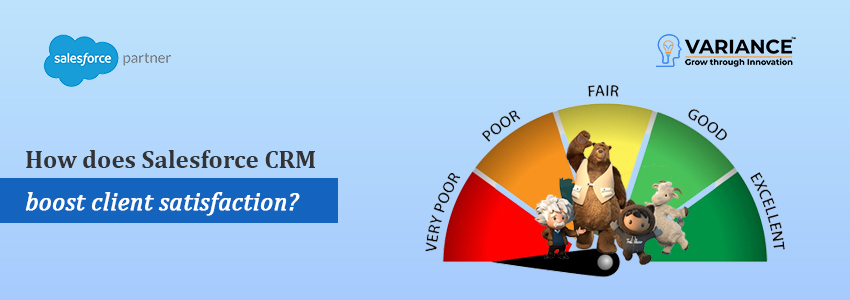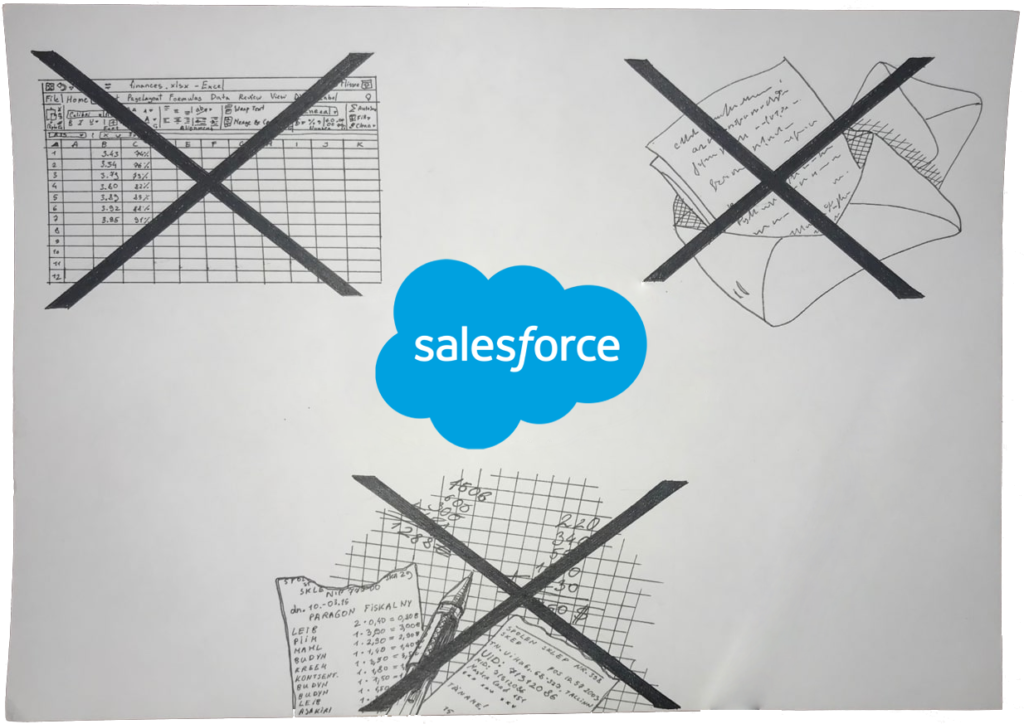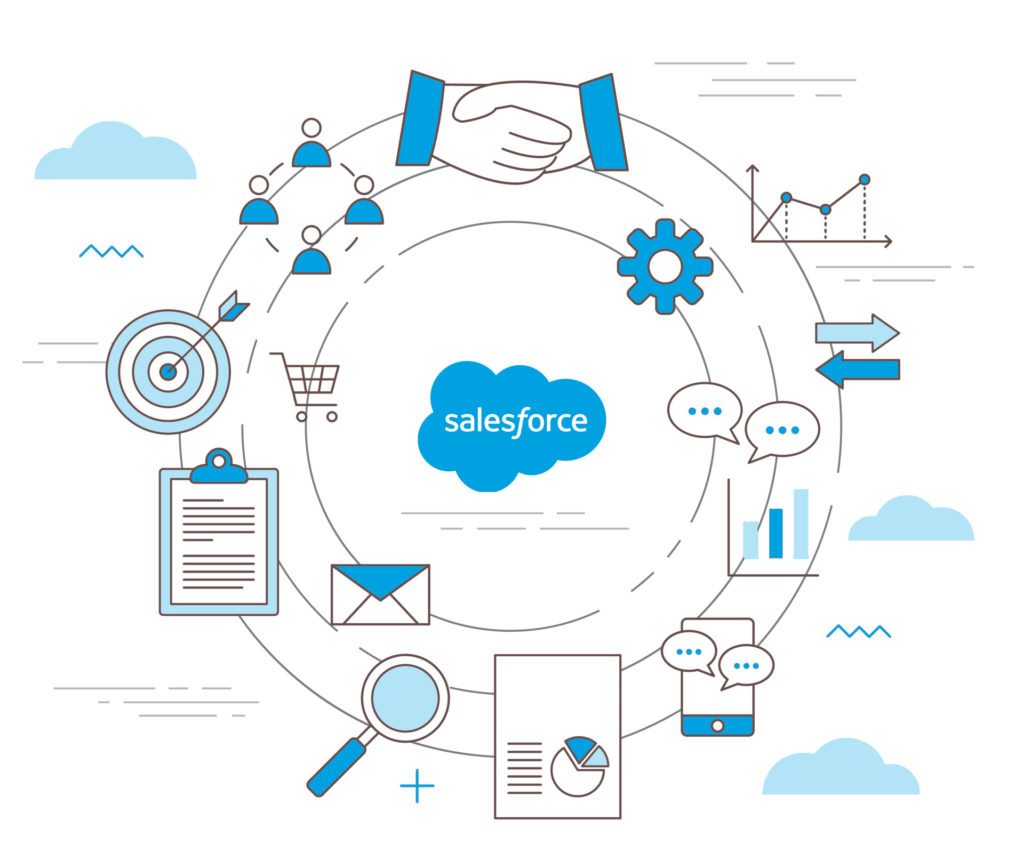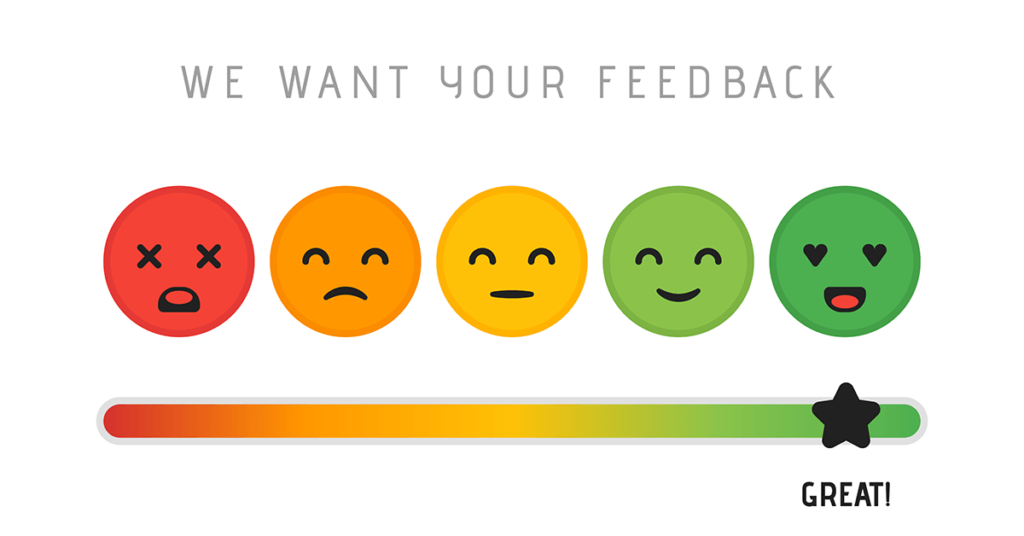
According to recent research, 66% of companies are willing to spend more money with a company if they receive excellent customer service. If your organization isn’t already using Salesforce CRM, you’re missing out on a chance to increase sales and increase the chances of returning customers. “CRM” is a term used in the business world to describe how you manage your client interactions.

Customer relationship management enhances the customer experience in numerous ways:
Businesses require all of their data to be in one place in order to be efficient. Companies can improve by employing a CRM system to track client information and automate business processes. Customer Relationship Management is critical for the successful operation of firms, especially when the primary goal is to please customers.
Here are a few examples of how a customer relationship management system might help you provide better service to your customers.
Keep track of all consumer interactions:
If a company sells products, it will have a CRM system in place. It could be as simple as a Microsoft Excel spreadsheet or as complex as a company-created database. Support and sales professionals can stay up to date with clients and follow up with them after contact thanks to a powerful CRM system.

Collect client information in order to personalize the experience:
A customer relationship management system eliminates the need for manual data collection and tracking throughout the life of the customer. Cloud-based CRM solutions provide businesses with the added benefit of allowing employees to access information from the office or on the go, allowing them to personalize client interactions more effectively. Do you have clients who only communicate with one of your employees?
This happens more often than you might think. However, when that one person is unavailable, responding to customer concerns becomes more difficult. Clients also dislike working with someone who is unfamiliar with their specific requirements or the history of your firm.
All client data is stored in the Salesforce CRM platform’s cloud, ensuring that everyone has access to the same information. When a customer contacts you with a question, you’ll be able to quickly access their most recent purchases and other information. Salesforce acts as a centralized repository for customer demographic data.

From lead to order, the CRM software tracks customer support as well as other client information. Client data was previously protected by sales agents and their CRM platforms. Because all client information is collected into a single record in the CDP, employees are not required to repeatedly ask clients the same questions.
Respond in a reasonable amount of time:
Salesforce is a cloud-based CRM system that allows you to quickly access client information and find a solution. Customers save time by not having to describe their problems in detail because their information is saved in Salesforce’s cloud. Customers are also more likely to be satisfied when they speak with someone who is aware of their previous interactions with your company.
Salesforce’s faster response times improve customer satisfaction.
It can be accessed from anywhere in the world:
As long as you have an internet connection, you can access the Salesforce platform from any location. You or one of your employees will be able to use Salesforce while on the go if you or one of your employees is meeting with a client at their place of business. Having Salesforce Having this available during a meeting is extremely helpful because it allows you to quickly learn what has changed since the previous meeting.
You’ll be able to change the client’s information as needed during or after the meeting. Changes in client preferences or desires can be tracked using the Salesforce CRM tool.
Interactions with customers that have been pre-programmed:
Were you aware that certain marketing interactions can be automated? This saves you time while also ensuring that you respond quickly to customer questions. Many connectors in a CRM system can improve the customer experience by eliminating many of the hassles associated with manual operations between organizations and their customers.
Salesforce, for example, could be used to send automated billing reminders to your clients. You can also configure automated responses to customer service emails. Internal communication Internal company performance has improved. How you communicate within your organization influences how you interact with customers.
Salesforce enables you to keep your entire team informed. You’ll be able to provide consistent messages to your customers this way. It also ensures that your team does not send duplicate messages to your clients. Employees will be able to check Salesforce before acting to see what the company has done with a customer.
Salesforce is a step toward improved customer service:
Customer experience management entails looking after your company’s prospects, customers, and brand evangelists from start to finish. When you own the customer experience, you must pay attention to every stage of the purchasing process, from the content you create to the e-commerce site. The experience of shopping on your site extends to the newsletters, coupons, and customer-appreciation sales you hold after the sale.
Step 1: Identify your clients’ patterns and behaviors:
- Examine your customers’ profiles.
- Consider how your consumers engage with your company.
- perform market research.
- Utilize the data you already have on your customers.

Step 2: Improve your understanding of your clients’ wants and needs:
- Sending out customer surveys can help you improve your customer service.
- Take note of your client’s issues and take appropriate action.
- When communicating with clients, be genuine.
- Take note of their suggestions.
- Customers want to save money, time, and effort.
Step 3: Research your prospect’s needs before demonstrating:
- Create a corporate persona and tone of voice.
- Examine a sample of your material.
- Describe your brand’s voice in three words or less.
- Be expressive, energetic, heartfelt, and proactive.
- To demonstrate authenticity, be genuine, trustworthy, engaging, and direct.
- Make a chart of your brand’s voice.
- Return to and adjust the brand voice chart as your company grows.

Step 4: Use the appropriate tools to make customer experience management(CEM) easier:
- To make things easier, use CRM software.
- Marketing automation software facilitates lead capture and engagement.
- platforms for customer service management that provide an exceptional experience.
- platforms for content creation and management that enhance the reader’s experience.
- There are interactivity modules that allow you to provide critical information to users.
- Data management and analytics tools can inform critical business decisions.
- Use mockups, wireframing, and design software to create better user interfaces.
- Tools for deployment, development, and coding engineering.
Step 5: Give each customer a one-on-one experience:
Inbound marketing is now a viable option. You can build a new customer base and a customer-focused philosophy if you stay focused.
Take it away:
Maintaining a healthy, ongoing relationship with the client is critical. As a result, the emphasis should shift to developing a customer-centric framework that incorporates insights tailored to customers’ needs and desires. As a result, corporate executives must begin to consider how marketing professionals think in order to make more money.
To provide the most benefit, buyers must be kept up to date on industry trends, which is where CRM comes in. As a business owner, you’re always looking for new ways to improve customer service. CRM aids in the consolidation of critical business data from various departments into a single, user-friendly database.
It tracks customer interaction activities rather than just customer retention.

FAQs:
Is CRM an important part of the customer experience?
Customer Relationship Management (CRM) and Customer Experience Management (CEM) are essential components of keeping customers happy and learning about them through data.
How does CRM affect customer satisfaction?
The CRM can be used to strengthen customer relationships, improve customer service, shorten response times, and personalize client communications, all while improving the overall customer experience.
What are the advantages of CRM for customer relationships?
A CRM, for example, can assist you in obtaining and maintaining your contacts’ permission to store and use their personal information (consents); sending automatic emails to all new contacts informing them that their data will be stored; managing your customers’ email communication preferences; even setting up rules.
How can CRM help your business?
CRM software can collect, organize, and manage client data all in one place. CRM systems provide numerous benefits, including improved customer service, deeper customer relationships, new client retention, and far more successful sales and marketing operations.

Do You Need more information?
For any further information / query regarding Technology, please email us at info@varianceinfotech.in
OR call us on +1 630 534 0223 / +91-7016851729, Alternately you can request for information by filling up Contact Us
 Please wait...
Please wait...
Leave a Reply